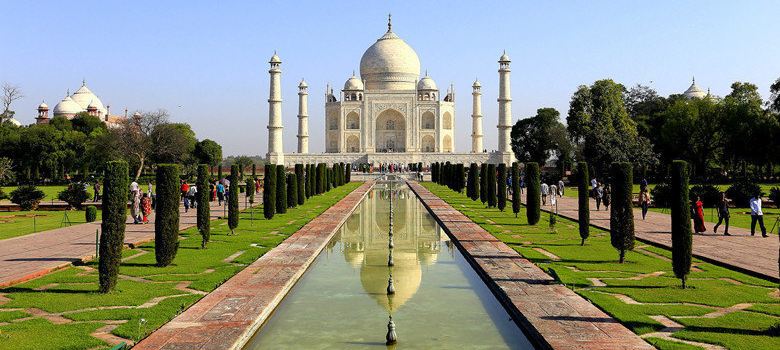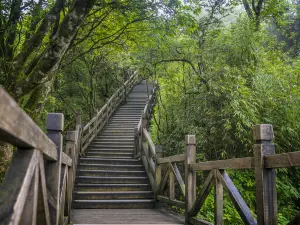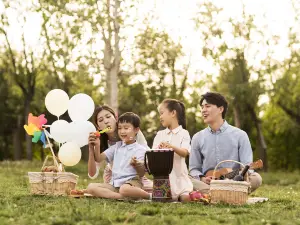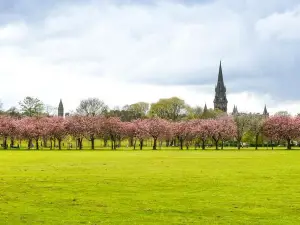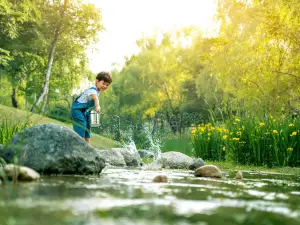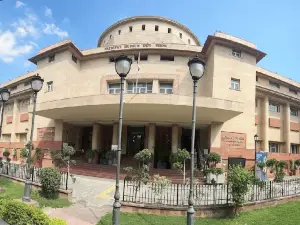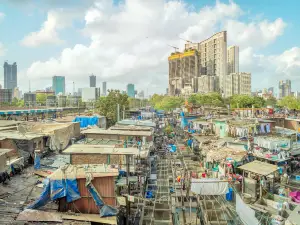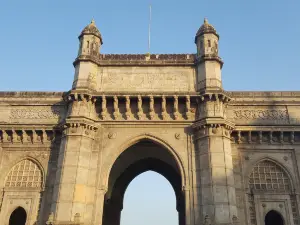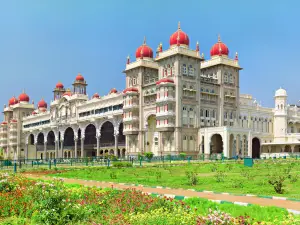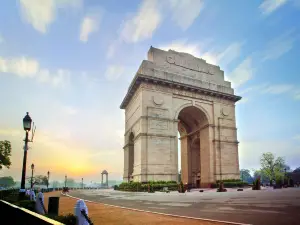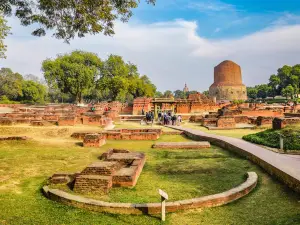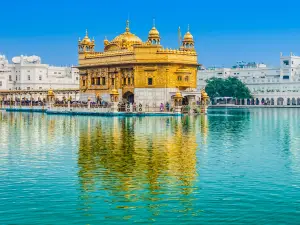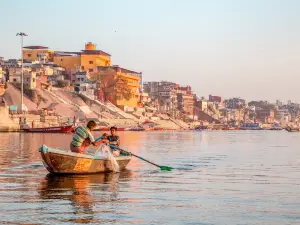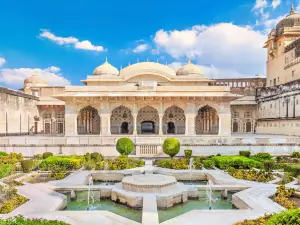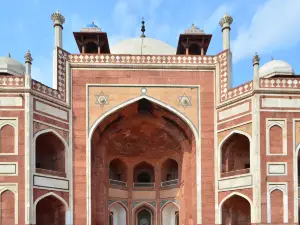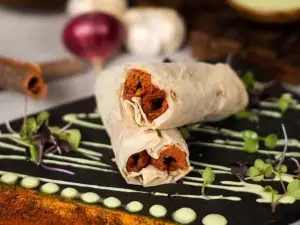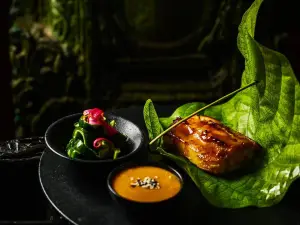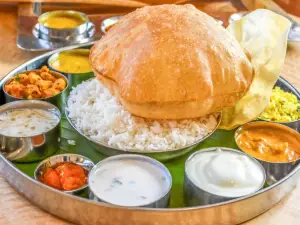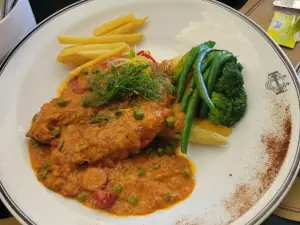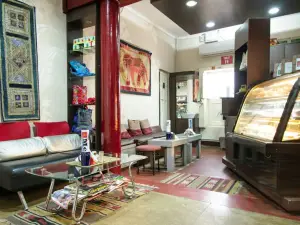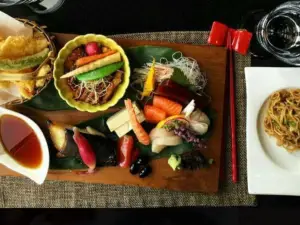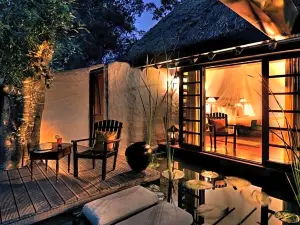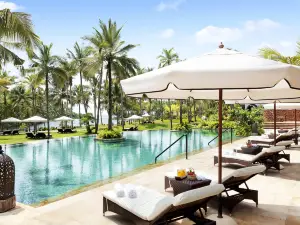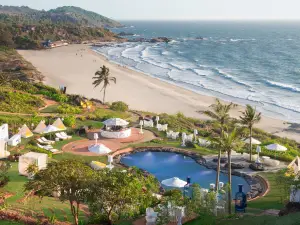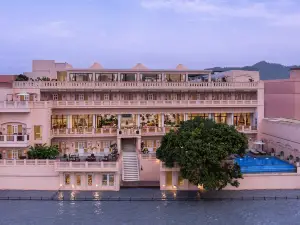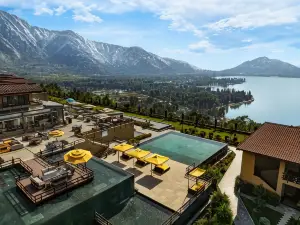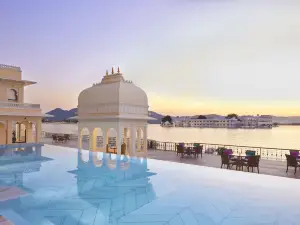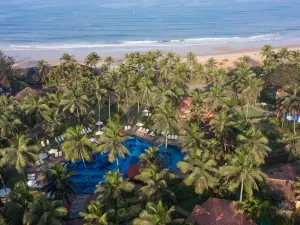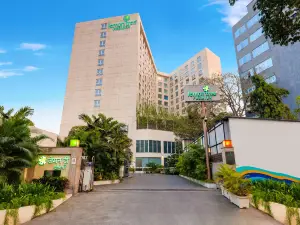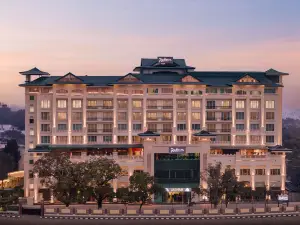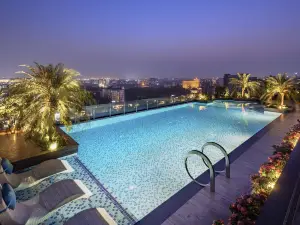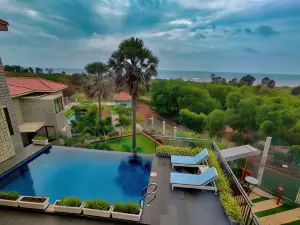2025 India Travel Guide: Weather, Transportation, Popular Attractions, and Everything You Need (Updated 2025 3)
About India
Recommended trip: 7–12 day(s)
Recommended trip: 7–12 day(s)India Local Experiences Map
India Local Travel Guide 2025
India Brief Guide
India captivates travelers with its rich history, vibrant culture, and diverse landscapes. Home to the iconic Taj Mahal, this mausoleum symbolizes eternal love and is a crown jewel of Mughal architecture. India boasts attractions like the Mehrangarh Fort, offering panoramic views of Jodhpur, and bustling markets and palaces of Jaipur like the City Palace. Culinary journeys are integral to the Indian travel experience, reflecting its regional diversity and historical influences. From the northern delights of Delhi’s street food to the coastal treats in Goa, every region offers unique flavors. Engaging in food tours and cooking classes, such as those mentioned in Delhi, Jaipur, and Agra, is recommended for a deeper understanding of the Indian palate. Despite the charm, navigating India's cultural etiquette, especially in dress, is essential for a respectful visit. Modest clothing that covers shoulders, knees, and chest is advisable across the country, with slight variances depending on the locale.
India Best Time To Visit
The best time to visit India is from November to March, as during this time the weather is generally cooler and dryer across most regions. This period is ideal for visiting northern areas where clear skies and pleasant temperatures make for great travel conditions, and southern regions where the humidity levels are manageable. These months also coincide with vibrant festivals like Diwali and Holi, enhancing the cultural experience. Lower tourist crowding and better visibility make it a perfect time for wildlife viewing and exploring diverse landscapes from the Himalayas to the coasts of Goa and Kerala.
India Must-try Local Experiences
1. Explore the Holy City of Varanasi Witness ancient rituals on the ghats of the Ganga River in Varanasi. Take a boat ride at dawn to observe daily life and religious ceremonies. 2. Embrace the Backwaters of Kerala Cruise the serene backwaters of Kerala on a traditional houseboat, enjoying the tranquil beauty of palm-fringed canals and lush landscapes. 3. Explore the Golden Triangle Visit Delhi's Red Fort, Qutub Minar, Agra's Taj Mahal, Jaipur's Amber Palace, and Hawa Mahal. 4. Discover the Temples of South India Visit ancient temples in Tamil Nadu, such as the Brihadeeswarar Temple and the Kapaleeshwarar Temple, to glimpse India's rich spiritual heritage. 5. Learn the Art of Henna Painting Indulge in the intricate art of henna painting and get a beautiful temporary tattoo as a unique souvenir. 6. Watch a Bollywood Film Screening Immerse yourself in Bollywood by attending a vibrant film or live dance performance in Mumbai. 7. Celebrate Holi, the Festival of Colors Join the vibrant festival of Holi in spring, celebrating with colors, music, and dance. Be prepared to get drenched in colored powder and water! 8. Sample the Diverse Flavors of India Embark on a culinary adventure through India, savoring diverse flavors from aromatic curries and flavorful biryanis to delectable street food. And India's sweet desserts like creamy kulfi, gulab jamun, crispy jalebi, and melt-in-your-mouth rasgulla. 9. Get a Memorable Photo in Traditional Attire Dress up in traditional Indian attire and enjoy a photoshoot for a unique and memorable experience. 10. Experience a Traditional Ayurvedic Massage Indulge in a rejuvenating Ayurvedic massage, an ancient Indian practice promoting healing and well-being. 11. Ride a Camel in the Thar Desert Experience a camel safari in the Thar Desert near Jaisalmer, enjoying the vast sand dunes and traditional Rajasthani music.
India Travel Tips
1. Wildlife Safari Guidelines: While on wildlife safaris, follow all guidelines provided by the park authorities. Do not attempt to feed or approach wild animals. Book safaris in advance, especially for popular destinations like Ranthambore or Jim Corbett National Park. Wear neutral-colored clothing, minimize movement in the vehicle, and remain silent to avoid scaring animals. 2. High Altitude Acclimatization: When visiting high-altitude regions like Ladakh or parts of Himachal Pradesh, allow time for acclimatization to prevent altitude sickness. Gradually increase altitude, stay hydrated, avoid alcohol, eat light meals, and rest well. Avoid overexertion and monitor for symptoms like headaches or nausea. Carry preventive medicines and consult a doctor if needed. 3. Respect Religious Sites: When visiting temples, mosques, and other religious sites, dress modestly and remove your shoes before entering. Respect local customs and practices. 4. Respect for Sacred Cows: Cows are considered sacred in Hinduism. Avoid touching or disturbing them, and be patient if they block traffic in urban areas. 5. Crowded Areas Vigilance: Stay alert in crowded areas and keep valuables secure. Use a money belt or cross-body bag, avoid displaying expensive items, and be cautious of pickpockets, especially in markets and on public transportation. Keep your belongings in front pockets or zippered compartments.
India Transportation
India is accessible by air with 34 international airports, including Delhi, Mumbai, and Bangalore, that connect globally. Sea routes offer luxury cruises linking Europe and East Asia to India. Neighboring countries can also be reached by bus and limited train services.
India Best cities to visit
As one of the most populated and bustling locations in India, New Delhi is among the oldest established one in recorded history. Thought to have been originally constructed over five thousand years ago. New Delhi tempts visitors with its unique cultures in the world. With pristine architecture, tradition and artwork from various dynasties and religions, it’s amazing to think that these ancient treasures survived in a city that has been rebuilt for eleven times. The Red Fort complex is a famous destination. Tourist attractions like zoos and shopping centers are here and there. What really makes New Delhi stand out is the amazing ambiance.
India Useful Guide
When traveling in India, prioritize understanding the emergency response framework. Utilize the national emergency number 112 for any immediate assistance. For specific emergencies, contact the police (100 or 112), fire services (101), or medical emergencies (102). Follow traffic safety measures to mitigate risks on the road. Adhere to traffic signals and speed limits, avoid drinking and driving, and ensure the use of seat belts and helmets. Awareness and preparedness are critical in handling emergencies effectively and ensuring a safe travel experience in India.
Trip.Best: India
Popular Destinations
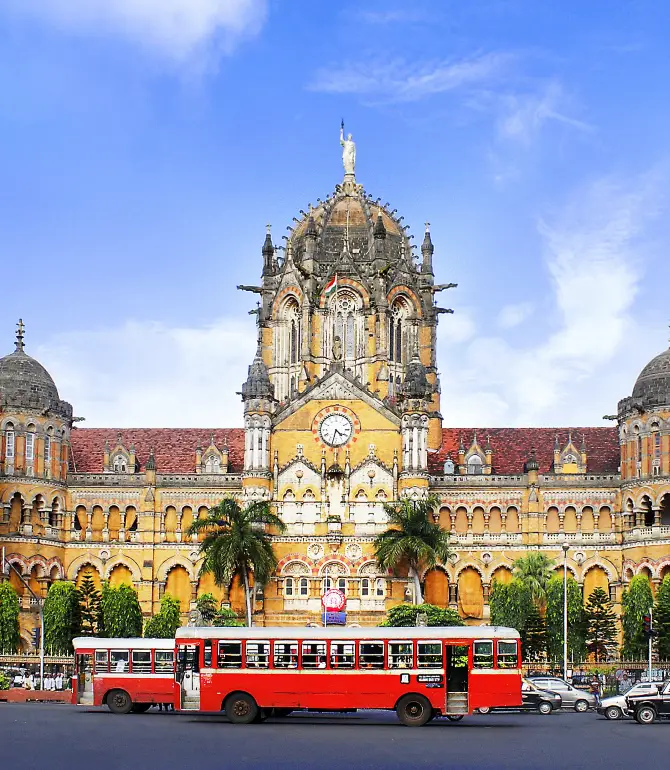
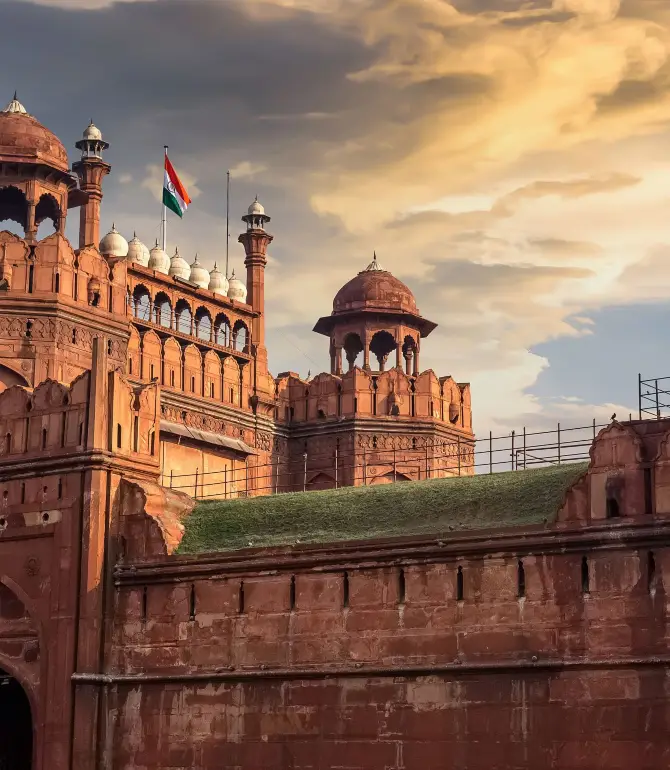
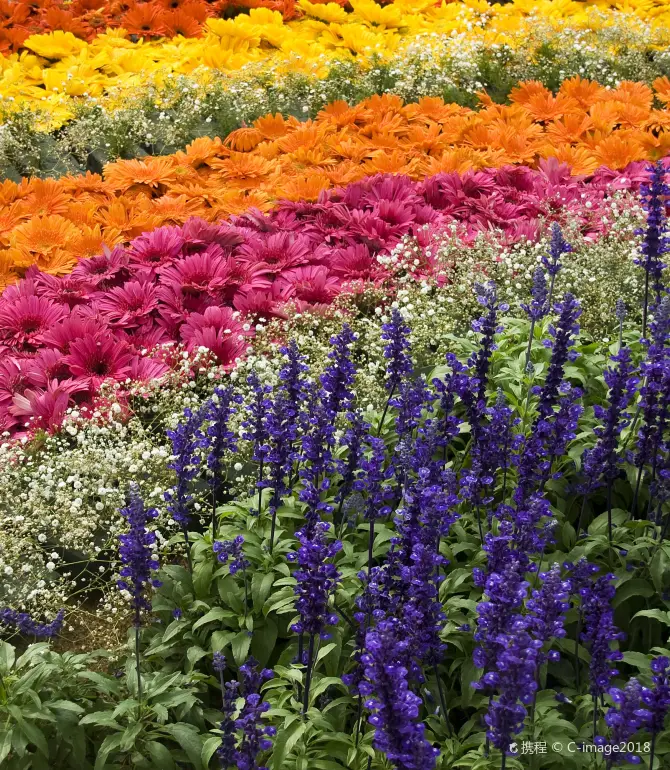
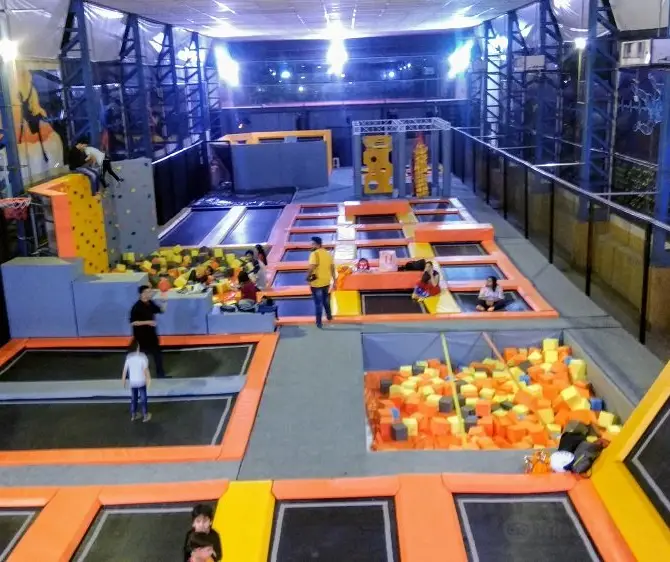
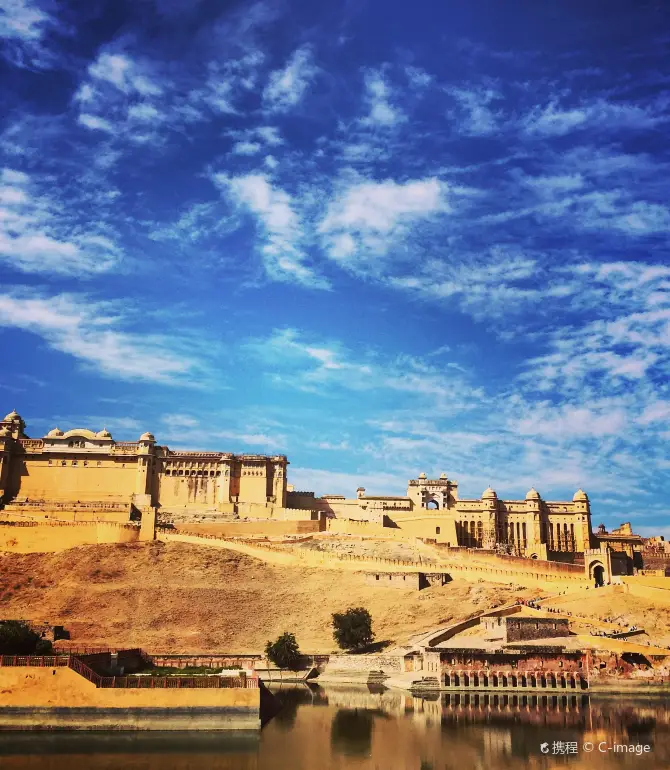
Things to do in India
What to Do
What to Eat
India Moments: Through Travelers' Eyes

Best Places to Visit in India 🇮🇳✨

🌟 Mumbai Marvels: Luxe & Local at ITC Maratha! ✨

2 Day Itinerary in Mumbai
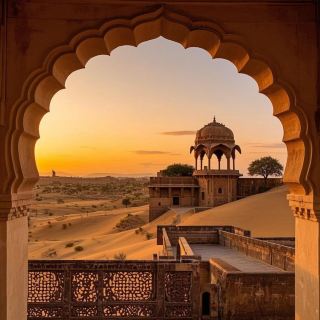
India | Jaisalmer, the Golden City, a must-visit desert wonderland

Explore Port Blair on Two Wheels – Just $7/Day!

December in sonamarg road view

🚢 Sail in Luxury: Cordelia Cruise from Mumbai to Goa 🌊✨

Stop searching! This is the place to go for Mid-Autumn Festival. Come and copy your homework.
Best of India
Site Operator: Trip.com Travel Singapore Pte. Ltd.
